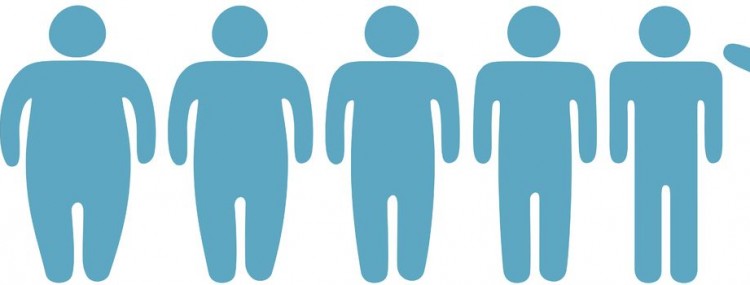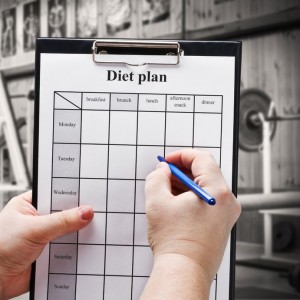
The Ideal Diet Program To Burn Fat
 Trying to find the right diet program that achieves fat loss, while promoting muscle gain can be a challenge, given the array of diets and programs available. Many diets advocate restricting or avoiding specific nutrient groups. Most of these claims lack scientific evidence and may lead to nutritional deficiencies in the long term.
Trying to find the right diet program that achieves fat loss, while promoting muscle gain can be a challenge, given the array of diets and programs available. Many diets advocate restricting or avoiding specific nutrient groups. Most of these claims lack scientific evidence and may lead to nutritional deficiencies in the long term.
An ideal and safe diet program is one that aims to preserve overall health and is flexible and sustainable. Current data lends strongest support to balanced diets that provide the recommended amounts of all nutrients, without excluding any food group.
The Right Proportion of Nutrients
Weight loss is all about balancing calorie input and output. To lose 1 pound of weight in a week, you would need to burn 3,500 calories, which means 500 calories a day. While creating the calorie deficit, it is important to keep the proportion of nutrients right. The Institute of Medicine recommends that adults should get 45 percent to 65 percent of their calories from carbohydrates, 20 percent to 35 percent from fat and 10 percent to 35 percent from protein.
To lose fat in the body, it is not necessary to cut out fats altogether from the diet. Including healthy fats such as rice bran oil, olive, canola or mustard oils are a must to ensure overall health. Fats are a must to facilitate absorption of fat soluble vitamins such as A, D, E and K and antioxidants such as lycopene. Saturated fats (found in animal foods) and Trans fats (found in all junk and street foods, including packaged foods) need to be eliminated from the diet.
Pump Up the Proteins
Proteins are not only essential for growth and repair of body cells but also for building muscle. Muscle mass boosts the basal metabolic rate — the rate at which your body burns calories when at rest — and further aids in weight loss. The recommended dietary allowance for both men and women in the ideal body-mass-index range is 0.8 gram of good-quality protein per kilogram of body weight daily. Lean proteins such as non-fat milk, egg whites, chicken, fish or cooked lentils provide good-quality proteins while supplying fewer calories than higher-fat versions.
Add Up the Vitamins
Vitamins help digest the carbohydrates and also play many other important roles in overall health. While losing weight or body fat, it is very important to not end up with vitamin deficiencies. The B complex vitamins are available from whole-grain cereals and lean meats, while fresh fruits and vegetables are rich sources of most other vitamins, such as vitamins C and A. Because cooking destroys most water-soluble vitamins, they are best eaten raw. Factor in at least two to three servings of vegetables and 2 1/2 to three servings of fruit each day for adults to meet the requirements.
Plan Your Healthy Plate
For a nutritionally balanced diet, control the portion sizes. Visual cues can help in controlling portions. A smart and easy way to build a healthy plate is provided by the USDA’s My Plate. It depicts a plate and glass divided into five food groups — grains and vegetables occupy 30 percent each of the plate, while fruits and proteins cover 20 percent each. Adding a low-fat dairy such as skim milk or yogurt to the plate would complete the nutrition checklist.
All this and more is easily available now with a click at caloriecare.com. Every meal at Calorie Care is balanced with the recommended amounts of nutrients that have been meticulously planned by dietitians and chefs. Order yours today to increase your nutrition quotient!



